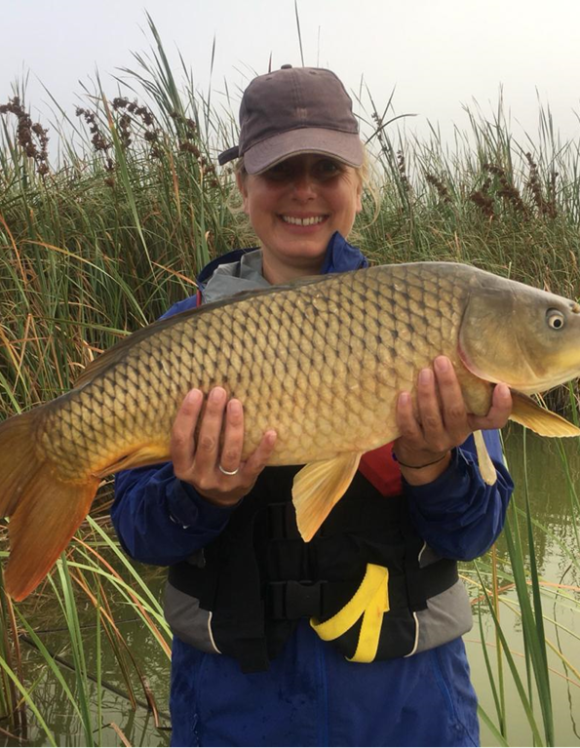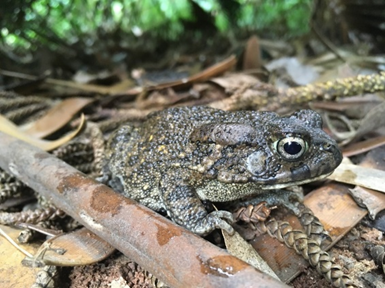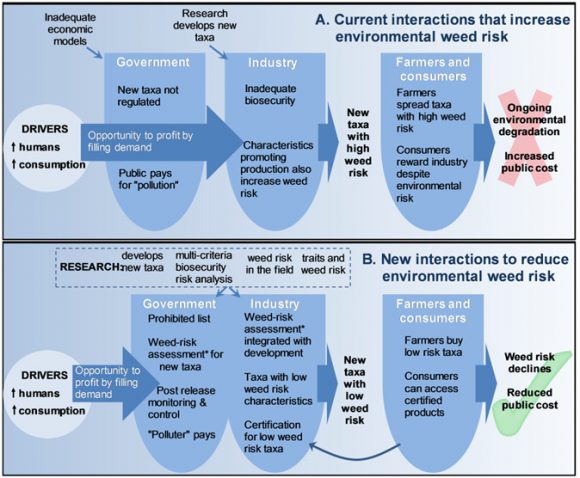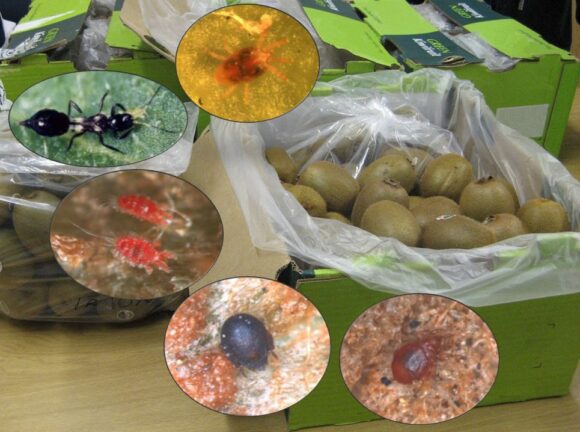16 August 2021 | By Josie South
Common carp (Cyprinus carpio) are highly successful invasive fish and are responsible for the decline of numerous native species, yet the reasons for their success has been poorly understood until now.
A recent study, published in the Journal of Animal Ecology, found that common carps’ ability to consume more resources and to broaden their diet when in competition may give them the edge on native species.
Josie South, a C·I·B post-doctoral researcher, in collaboration with a team of scientists from Bournemouth University (England) used three complementary experimental approaches to determine the mechanisms of invasion impact of common carp on a threatened native congener, the crucian carp (Carassius carassius).
Common carp are a popular angling species native to Eurasia, and have been introduced into lakes and rivers worldwide, including South Africa. Crucian carp are considered to be threatened as a result of biological invasions and habitat loss, they are pond specialists that are native to parts of the U.K. and Europe.
Feeding rates were compared between each species, and stable isotope analysis from a four year controlled pond experiment, and a set of wild ponds were used to scale experimental complexity and tease apart why crucian carp become extirpated when in competition with common carp.
Common carp were consistently able to consume more than crucian carp in the feeding rate experiment. In the controlled pond experiment, when only one species was present, their diet niches were similar, but when co-existing the two species expanded and diverged their diet breadth. This trend was also seen in the wild pond populations where both common and crucian carp were present.
The data showed that each species can expand the resources they were consuming in order to co-exist in the same ponds, however, as common carp are able to consume more resources in a certain period of time compared to the crucian carp they are much stronger competitors.
This means that the common carp are able to exclude the crucian carp from resources and consequently drives population declines of the native species. Removal of common carp should be prioritised in locations where recovery and restoration efforts for crucian carp populations are occurring.
“Understanding the complex mechanisms by which invasive species negatively impact native species is crucial to conservation and mitigation. Using a series of scalable complexity experiments provides multiple lines of evidence and allows us to build a more realistic picture of the ecological interactions,” says Josie South.
Read the paper
For more information, contact Josie South at josiesouth93@gmail.com
Blog post: https://animalecologyinfocus.com/2021/07/29/invasive-species-and-the-carp-ocalypse/




